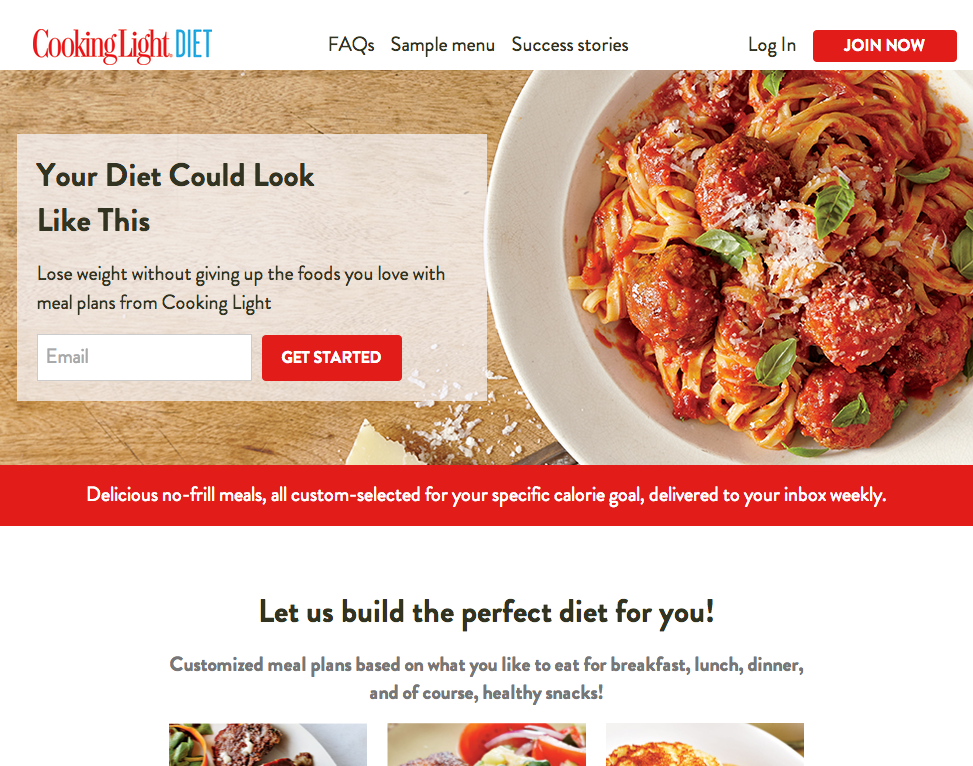Siri, play "Somebody's Watching Me"
Apple is offering great opportunities to make content and experiences impactful for the members of a marketer's audience. From Augmented Reality, to Do Not Disturb While Driving, to a new home speaker, to peer-to-peer payments directly from iMessage.
Apple is not really an ad-tech company, although they are a content company, and other than some small business with promoted App store listings, Apple here is offering tools directly to consumers that will make them want to stay in Apple’s ecosystem: limiting video Autoplay, and “limiting cross-site tracking”. This move hits straight at the ad tech world - many advertisers use a tracking pixel to track the display ads they serve across the internet at the impression level.
Another impact will be on cross-device identification, which could be weakened by this move. One of the biggest culprits of such tracking is actually Google, so one wonders if this will impact Adwords, Google Attribution, or Doubleclick; or Facebook’s audience network. Or Amazon’s DSP business, rumored to be growing. But even so, Safari’s marketshare is 15% at best – although Mac users are no doubt an attractive potential audience if they’ve shelled out $349 for a speaker.
Apple is in a unique marketing position - relying on stories instead of advertising. Events like WWDC have people TUNE IN to their product launches – how many people watched Werner Ladder’s latest product rollout? 384.
Instead, Werner spends millions on sponsorships like March Madness programming. If Apple lost the tracking data on millions of dollars in digital media, would they care (according to SpyFu, Apple spends about $200K per month on paid search). And if it hurts Facebook, or Google, or Amazon – a nice bonus- over 75% of Apple devices were on iOS 10 3 months after its release.
In Apple’s announcement, the reference to machine-learning (buzzword) seems to be, that in MacOS High Sierra, Apple’s Safari browser, will observe cross-device tracking patterns and determine what to block, compared with ad-blockers who rely on constantly updated but ultimately static lists. So if advertisers want to use impression-level tracking in their ad campaigns, perhaps that will hurt measurement, optimization, or yield, and this might make it harder to prove that Impressions led to the success events marketers care about. But unless Apple removes URL redirects and click-tracking, some of the data Apple is talking about probably has to stay on your machine. Adding transparency to the ad tech ecosystem should be pro-consumer – Apple’s move might create incentives to hide behind any vendor that can stay on Apple’s good side.
On the other end of the double-edged sword, these tracking technologies can also be used to properly optimize for frequency, so advertisers can responsibly choose NOT to show you that ladder for the umpteenth time. Apple can’t disable everything without harming the user experience – the same goes for the kinds of responsible advertiser behavior I’d like to see more of. But consumers don’t need apple to do anything to participate in blocking adtech and martech trackers- Adblock, Crystal, Ghostery, and others have plenty to offer. Nearly 20% of US internet users block ads already, and rising [Mary Meeker charts this here].
We don’t quite know any of this for sure, since we haven’t actually seen the new Safari interact with various trackers. How will Apple know if the tag that is loaded by the winner of a programmatic ad auction is a “tracker” – or just part of the ad experience, like a dynamic ad creative unit? Maybe Apple will also offer publisher control or a promise that their ad inventory is going to reputable advertisers who won’t let that bicycle follow you around the internet (Apple’s use case) - which could potentially advantage PMP deals within premium publishers. Perhaps Apple will work with the Digital Advertising Alliance to get some industry collaboration.
The desktop web is a complex place with ad tech and martech “trackers” doing many of the same things when providing functionality people like or want. In its most devious version, this is a real jab at Google, Facebook, and Amazon – who want to gather data about you- some implicit, like browsing activity or location, and some explicit, like what you browse, watch, buy or publish. In its most benign, this is just noise on the minority of browser sessions that even use Safari. It won’t be easy to estimate what harm this may represent to ad execution, tracking, and measurement, but I volunteer to test how it all works. I am leaning toward the HomePod in Black and the Macbook Pro in Space Gray.














